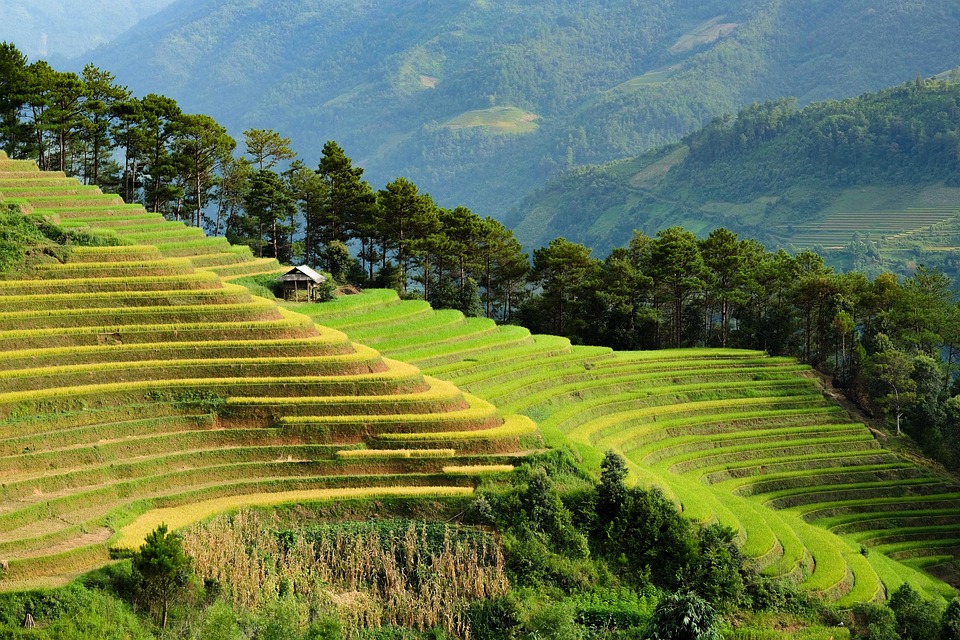In today’s fast-paced world, it’s easy to get caught up in the idea that the quickest route is always the best. But when it comes to travel, taking the scenic route can be a more rewarding and sustainable choice. Slow travel, a movement that emphasizes experiencing the journey rather than just the destination, is gaining popularity among travelers who want to reduce their environmental impact and reconnect with the world around them.
What is Slow Travel?
Slow travel is an approach to travel that prioritizes quality over quantity, encouraging travelers to slow down and immerse themselves in the local culture, history, and natural beauty of a place. It’s about taking the time to appreciate the little things, like the taste of local food, the sound of traditional music, and the smell of fresh air. By doing so, travelers can create meaningful connections with the people and places they encounter, and develop a deeper understanding of the world.
Benefits of Slow Travel
- Reduced Carbon Footprint: By taking the scenic route, travelers can reduce their reliance on air travel and high-speed transportation, which are significant contributors to greenhouse gas emissions.
- Cultural Immersion: Slow travel allows travelers to engage with local communities, learn about their customs and traditions, and support local economies.
- Improved Mental Health: The slow pace of travel can be therapeutic, reducing stress and anxiety while promoting relaxation and mindfulness.
- Increased Appreciation for Nature: By taking the time to appreciate the natural beauty of a place, travelers can develop a deeper respect for the environment and a greater sense of responsibility to protect it.
How to Practice Slow Travel
Practicing slow travel is easier than you think. Here are a few tips to get you started:
- Plan Ahead: Research your destination and plan your itinerary in advance to avoid last-minute decisions that can lead to rushed travel.
- Choose Alternative Transportation: Consider taking trains, buses, or bicycles instead of flying or driving.
- Stay Local: Opt for locally-owned accommodations and restaurants, and support local businesses and artisans.
- Take Your Time: Allow yourself to get lost, take detours, and enjoy the scenery.
Conclusion
In a world that’s increasingly fast-paced and technology-driven, slow travel offers a refreshing alternative. By taking the scenic route, travelers can reduce their environmental impact, connect with local communities, and nourish their minds and souls. So next time you plan a trip, consider taking the slow road – your planet, and your soul, will thank you.
For more information on slow travel and sustainable tourism, visit Slow Travel or Sustainable Tourism.


Leave a Reply